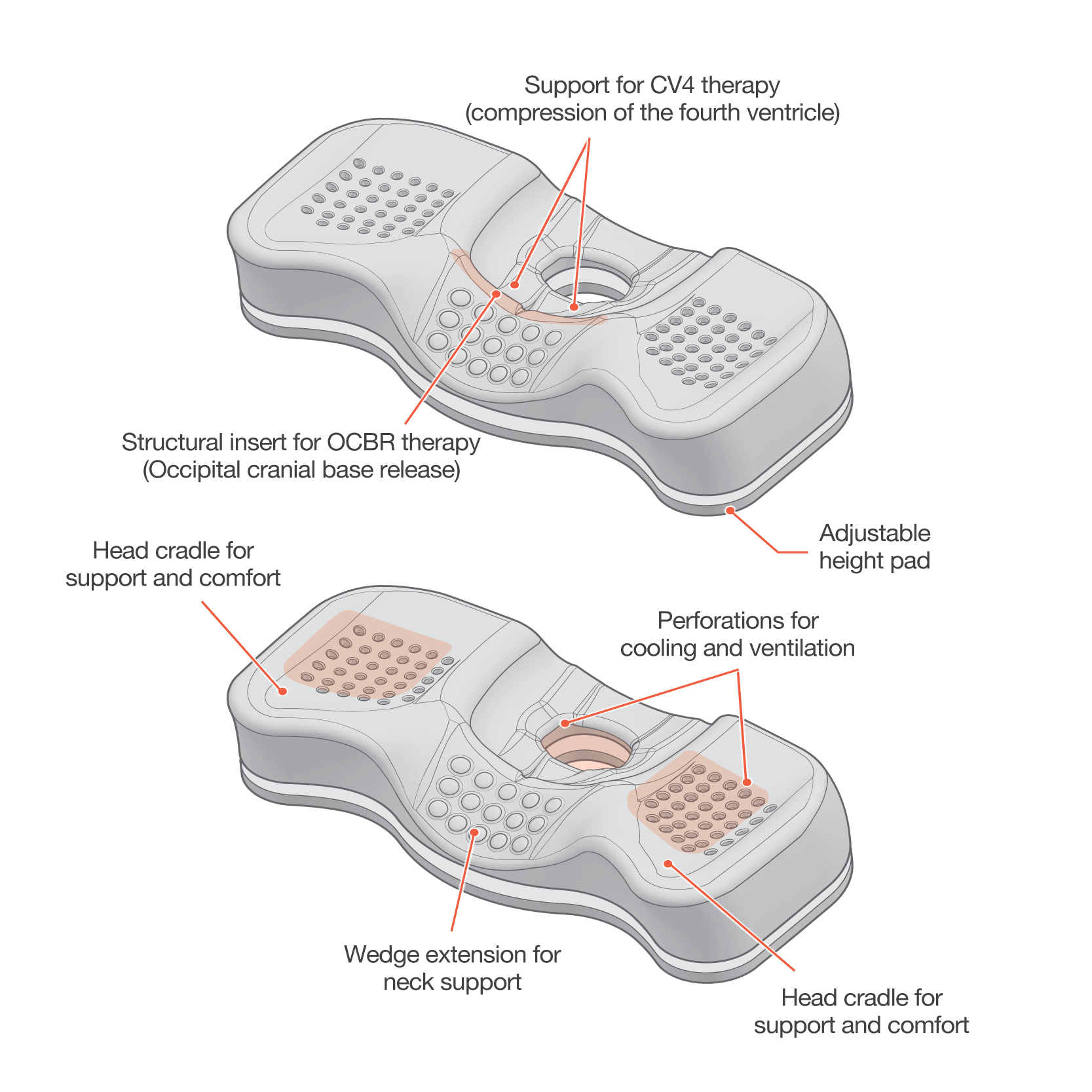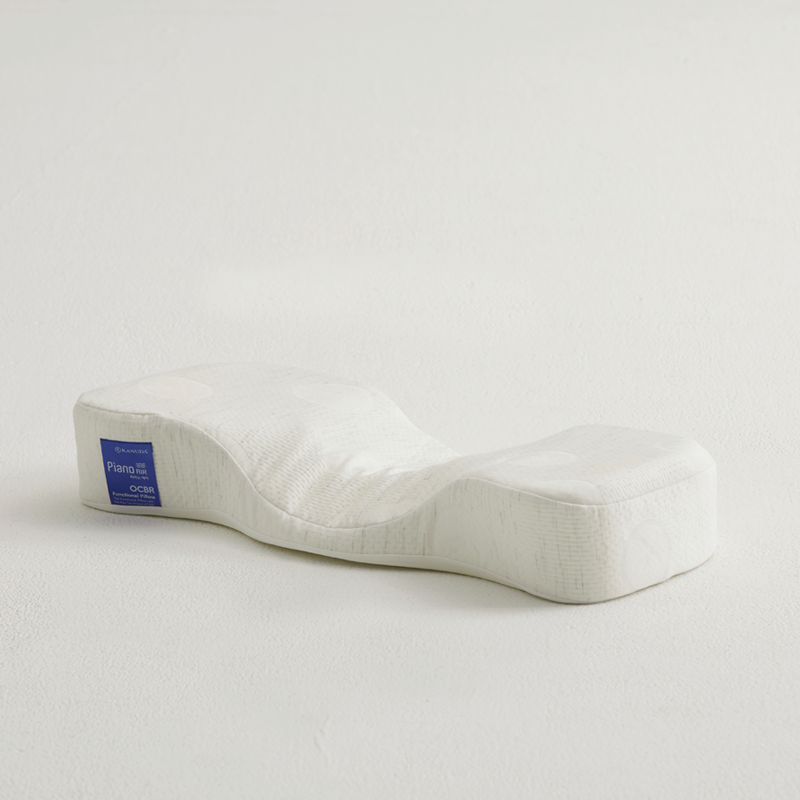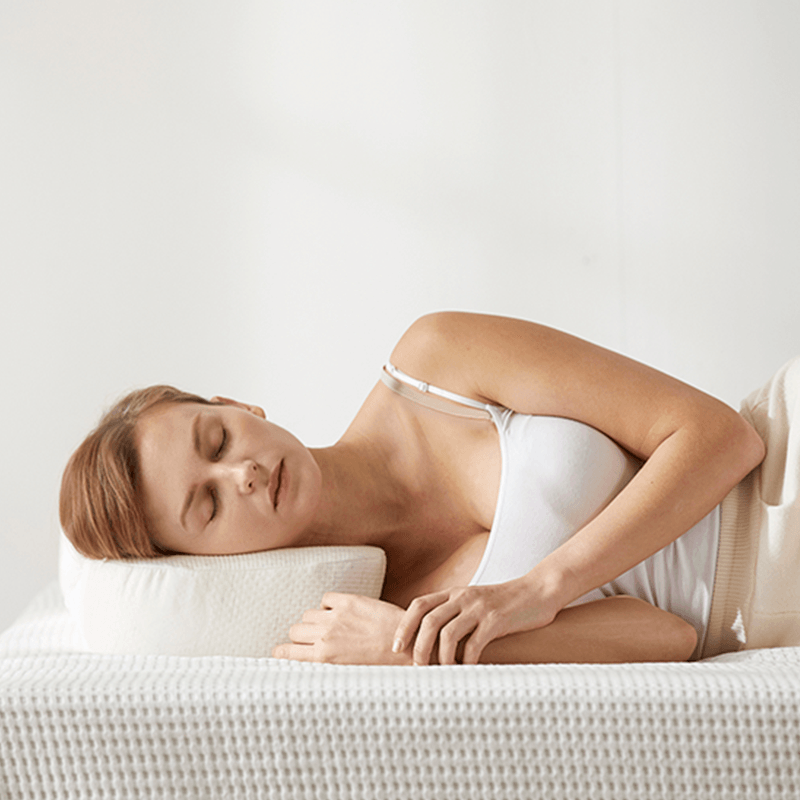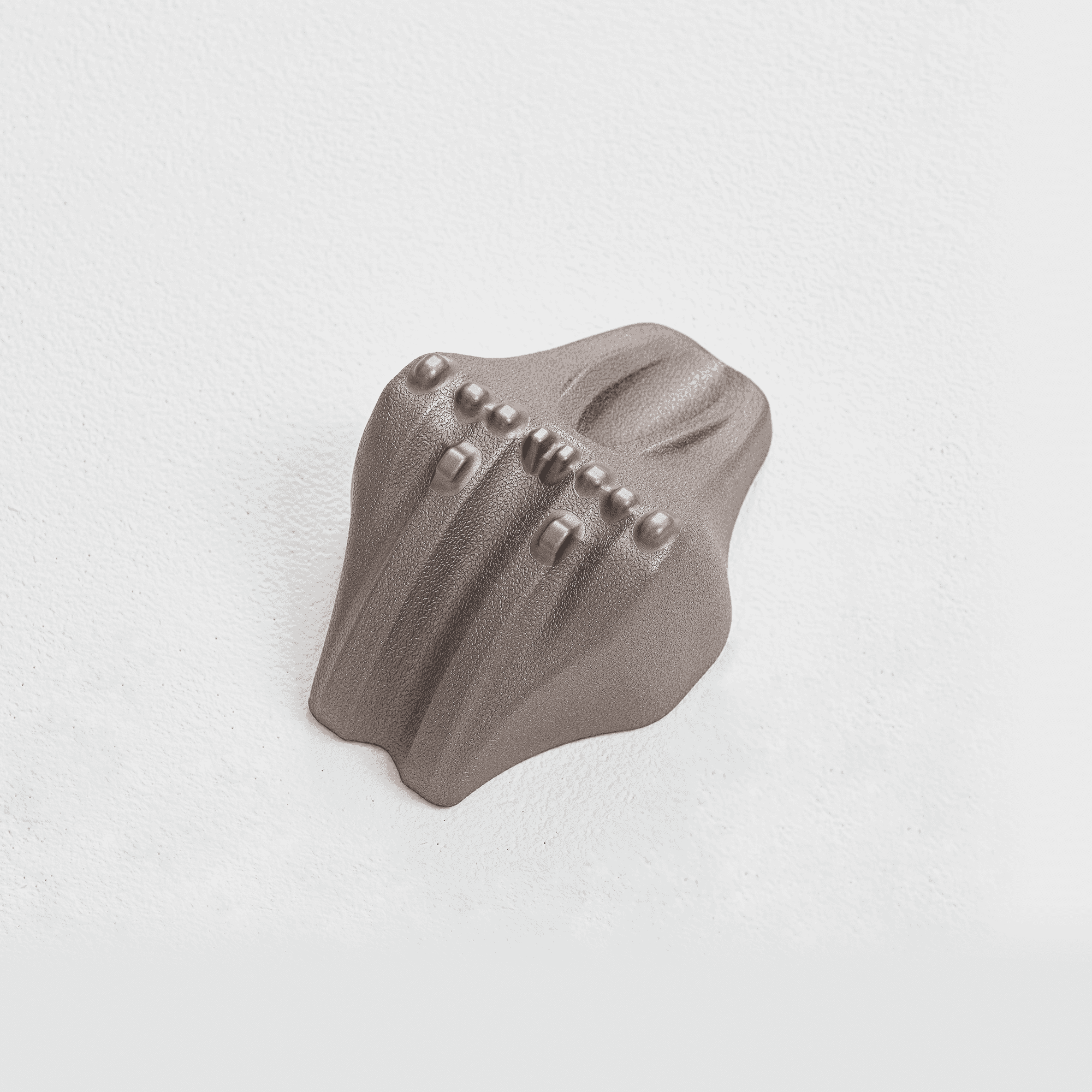Athletes need good sleep to perform their best. The type of pillow they use can make a big difference. Let's compare two popular materials: tensegrity foam and memory foam. Understanding how these differ can help athletes sleep better and recover faster.
Key Takeaways
- Tensegrity foam aligns the spine better and gives targeted support
- Memory foam spreads weight evenly and relieves pressure
- Tensegrity foam stays cooler, which is important for athletes
- Kanuda makes special pillows for athletes' needs
- The right pillow can help athletes perform better and recover faster
Understanding Foam Technologies
Let's look at what these foams are made of and how they work. This will help you understand why they're different.
Traditional Memory Foam
NASA created memory foam in the 1960s for airplane seats. It's made from a special material that changes shape with heat and pressure. This means it molds to your body, supporting your head, neck, and shoulders in a personal way. Many people like memory foam because it's comfortable and reduces pressure on the body.
Tensegrity Foam: The New Kid on the Block
Tensegrity foam is newer. It's based on a cool idea where parts are held together by tension, like a spider web. This makes it both supportive and flexible. The word "tensegrity" comes from "tension" and "integrity," which shows how it works. This design helps tensegrity foam support you while moving with you.
Key Differences for Athletes
Athletes have special needs when it comes to sleep. They need their spine to be in the right position, to stay cool, and to have pressure taken off certain parts of their body. Let's see how tensegrity foam and memory foam handle these needs.
1. Support and Alignment
Tensegrity foam, like in the Kanuda Piano Air pillow, is really good at supporting your neck and shoulders. It has a special shape that helps keep your spine in the right position while you sleep. This is super important for athletes who need to recover from hard training. The tensegrity structure moves with you during the night, which helps keep your neck from getting stiff.
Memory foam is good at supporting you too, but it might not be as good at keeping your spine in the perfect position. It molds to your shape, which is comfy, but it doesn't actively help align your spine like tensegrity foam does. This is a big deal for athletes who need their spine to be healthy to perform well.
2. Temperature Regulation
Many people complain that memory foam gets too hot. This can be a problem for athletes who are already warm after working out. Memory foam is dense, which means it can trap heat and make you feel too warm during the night. This isn't great for athletes who need to stay at the right temperature to sleep well and recover.
Tensegrity foam is designed to let air flow through it better. This helps keep you cool all night. For athletes, staying cool can mean better sleep, which is super important for getting ready for the next day's training or competition.
3. Pressure Relief
Both types of foam help take pressure off your body, but they do it differently. Memory foam spreads your weight evenly, which can feel like you're being cradled. This is good for athletes who need to take pressure off certain parts of their body after intense workouts.
Tensegrity foam uses its special structure to target specific pressure points. It can adapt to your body's shape while still supporting you where you need it most. For athletes dealing with sore muscles or recovering from injuries, this targeted relief can really help with sleep quality and recovery time.
The Science Behind Sleep and Athletic Performance
Sleep is super important for athletes. Scientists have studied how good sleep helps athletes perform better. Here's why sleep matters so much:
Benefits of Quality Sleep for Athletes
- Faster reactions
- Better muscle recovery
- Smarter decision-making
- Lower chance of getting hurt
- More endurance
- Better hormone balance
- Sharper thinking
- Improved emotional control
Knowing this, it's clear why choosing the right pillow is so important. The science behind sleep and athletic performance shows that even small improvements in sleep can lead to big gains in how well athletes perform. Research shows that athletes who consistently get good sleep have better reaction times, are more accurate, and perform better overall. Good sleep is also crucial for repairing and growing muscles, and for learning new physical skills.
Kanuda's Innovative Approach
Kanuda has taken the idea of tensegrity foam and used it to make pillows. They've made products specifically for athletes and anyone who wants to sleep better. By using the special properties of tensegrity foam, Kanuda has created pillows that address what athletes need, from keeping their spine aligned to staying cool.
The Piano Air pillow, for example, has:
- Dense tensegrity foam for great support that's both firm and adaptable
- A special shape to keep your neck in the right position
- An adjustable height so you can make it perfect for you
- A breathable cover made of 54% Polyester, 43% Rayon, and 3% Cotton to help keep you cool
These features work together to create a sleep environment that's perfect for athletes and active people. The combination of advanced materials and smart design shows how Kanuda is committed to helping people with demanding physical lifestyles sleep better.
Beyond the Pillow: Comprehensive Sleep Solutions
While having the right pillow is crucial, it's just one part of getting good sleep. Kanuda offers a range of products designed to work together for the best sleep quality, recognizing that athletes often need a complete approach to recovery and rest.
SOMA Nap Head Traction Device
For athletes dealing with neck tension or looking for extra recovery support, the SOMA Nap Head Traction Device can be really helpful. This cool device works with Kanuda's pillows to provide even more targeted support and relief.
This device is designed to:
- Help with neck pain, which is common for athletes in many sports
- Keep your spine in the right position, working with the tensegrity foam pillows
- Improve overall sleep quality by reducing tension and helping you relax
- Gently stretch your neck, which might help it move better and feel less stiff
Pillowcase Options
The right pillowcase can also make a difference in how well you sleep. Kanuda offers both Modal and Mulberry Silk options, each with its own benefits:
Modal pillowcases are great at keeping you cool, which is perfect for athletes who get hot when they sleep. They're also easy to take care of and good for the environment. Silk pillowcases feel luxurious and are good for your hair and skin, which might be important for athletes who shower a lot and spend time outside.
For more details, check out our guide on Modal vs Mulberry Silk Pillowcases. This guide gives you lots of information about each material, helping athletes choose based on what they need and like.
Making the Right Choice
Choosing between tensegrity foam and traditional memory foam depends on what you need as an athlete. Here's a quick look at the main features of Kanuda's tensegrity foam pillows:
Tensegrity Structure
Special design for better support
Pressure Relief
Helps with neck and shoulder pain
Cooling Technology
Keeps you comfortable all night
Adjustable Height
Can be changed to fit your needs
If you're not sure which option is best for you, Kanuda has a helpful guide to finding the right pillow. This tool can help you choose based on how you sleep and what you need. It looks at things like how you like to sleep, if you have any neck or shoulder problems, and what you want to improve about your sleep.
Conclusion: Investing in Your Performance
For athletes, everything about training and recovery is important. Choosing the right pillow isn't just about being comfortable—it's about giving your body the support it needs to perform at its best. Tensegrity foam, with its special structure and targeted support, offers unique benefits that many athletes find better than traditional memory foam. Being able to keep your spine in the right position, stay cool, and get support that moves with you throughout the night can really help an athlete recover and perform better.
By investing in quality sleep products like those from Kanuda, you're not just buying a pillow. You're investing in your performance, recovery, and overall health. Whether you choose the Piano Air pillow, the SOMA Nap device, or any of Kanuda's other products, you're taking a step towards better sleep and better athletic performance. Kanuda's approach to sleep quality recognizes that optimal recovery involves many different aspects of sleep support and hygiene.
Remember, the best pillow for you is the one that helps you wake up feeling refreshed and ready for your next training session or competition. With the right support, you'll be well on your way to reaching your athletic goals. Investing in good sleep can lead to better performance, less chance of getting hurt, and better overall health. As you keep pushing yourself in your sport, don't forget how powerful a good night's sleep can be in helping you reach your full potential.











